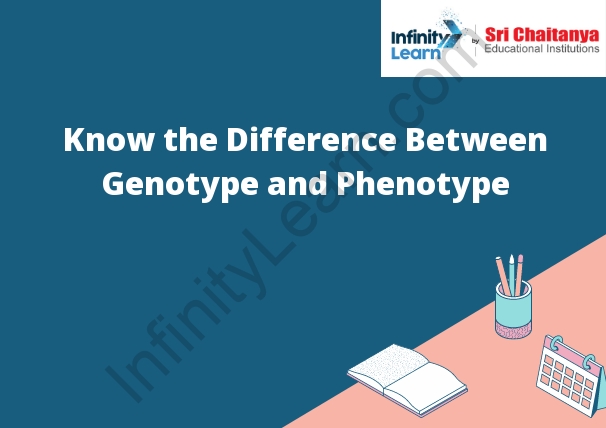Table of Contents
Introduction to Phenotype and Genotype
A phenotype is the observable physical or biochemical characteristics of an organism, while a genotype is the genetic make-up of an organism. The phenotype is a result of the interaction between the genotype and the environment.

Comparison Chart Between Genotype and Phenotype
Genotype is the genetic makeup of an organism, whereas phenotype is the observable physical or biochemical characteristics of an organism. Genotype is the genetic material an organism inherits from its parents, whereas phenotype is the result of the interaction between the genotype and the environment.
Factors Affecting Genotype And Phenotype
Many factors can affect the genotype and phenotype of an organism. The environment can play a role in both, as can the individual’s genetic makeup. Additionally, the timing of environmental exposure can also be a determining factor.
Genotype In Biology
Therefore the genotype is the genetic makeup of an organism. The genotype made up of the alleles of an organism. Alleles are the different forms of a gene.
Examples of Genotype
There are three types of genotypes: dominant, recessive, and codominant.
- A dominant genotype is a genotype that expressed when only one allele is present. For example, the allele for hair color is dominant over the allele for no hair color. This means that a person with the dominant hair color allele will have hair, while a person with the recessive hair color allele will not have hair.
- A recessive genotype is a genotype that is expressed when two alleles are present. For example, the allele for blue eyes is recessive to the allele for brown eyes. This means that a person with two blue eye alleles will have blue eyes, while a person with one blue eye allele and one brown eye allele will have brown eyes.
- A codominant genotype is a genotype that is expressed when both alleles are present. For example, the allele for blood type A is codominant with the allele for blood type B. This means that a person with both the alleles for blood type A and B will have blood type AB.
Phenotype In Biology
- phenotype is the observable physical or biochemical characteristics of an organism, population, or individual. The phenotype includes the animal’s morphology, physiology, biochemistry, and behavior.
- A phenotype results from the interaction of the genotype with the environment. The phenotype of an organism may not be the same as the organism’s genotype, for example, a genotype may be homozygous for a recessive allele, but the phenotype may be heterozygous.
- The term phenotype includes all characteristics of an organism, including its development. For example, a baby’s phenotype includes not only its physical characteristics, but also its cognitive and behavioral characteristics.
Examples of Phenotype
A phenotype is the physical or observable characteristics of an organism. This includes the organism’s morphology, physiology, and behavior. Many different factors can influence phenotype, including the organism’s genes and the environment in which it lives.
Types of Genotype
The two types of genotype are dominant and recessive.
- A dominant genotype is a genetic profile that is expressed when just one copy of the gene is present.
- A recessive genotype is a genetic profile that is only expressed when two copies of the gene are present.
The Strongest Genotype
The strongest genotype is the one that is the most resistant to disease. This genotype would be the best at fighting off infection and would be most likely to survive.









